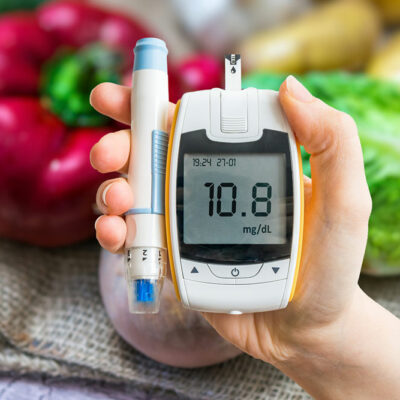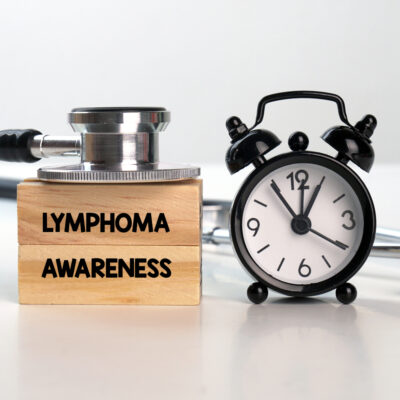
Health Conditions
Diagnosis and treatment of lupus
Lupus is an autoimmune disease. It occurs when the body’s immune system starts damaging its own tissues and organs. Lupus is a traumatizing condition which can affect different body parts, such as the skin, kidneys, joints, brain, heart, blood cells, and lungs. The diagnosis of this condition is not easy as the symptoms often resemble those of other diseases. The most typical symptom of lupus is a strange facial rash which looks like the wings of a butterfly. In some cases, lupus is caused due to genetics, whereas in others, it may be due to certain medications, infections due to other causes or even sunlight. Diagnosis of lupus Diagnosing this disease is extremely difficult as the symptoms largely vary from person to person. Generally, a combination of clinical tests is used for diagnosing lupus and evaluating the signs and symptoms. The most common tests include: Complete blood count This test is used for measuring the count of white and red blood cells in the body, as well as the amount of hemoglobin. Results are used to evaluate if you have anemia, which is a common symptom of lupus. Erythrocyte sedimentation rate This is a blood test which determines the rate at which the RBCs settle at the bottom of a tube.
Read More 















